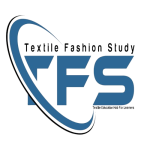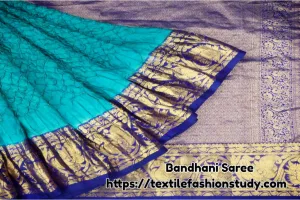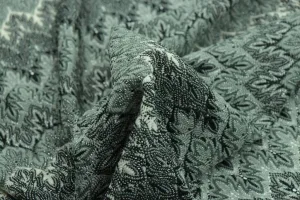Table of Contents
Dyed Yarn Drying Process
The dryer is essential to remove the remaining water from the package. About 60-80% of water removes by the dryer. After passing the Hydro section package move into the drying section. The following is the most used yarn dryer use in the yarn dyeing industry.
- Stray-field FASTRAN Machine
- GALVANIN (Hot Air Dryer)
Drying Mechanism of Strayfield FASTRAN Textile Dryer
There are lots of dyed yarn dryers for drying the dyed yarn which passed hydro-extractor. I have written about the drying mechanism of the Stray-field FASTRAN Textile Dryer.
The direct method of heating is those where the heat is generated within the material itself with radio frequency and microwave methods being typical examples. This method of heating is also referred to as dielectric heating.
Most non-metallic substances undergo a uniform rise in temperature when subjected to a high-frequency electric magnetic field. Each time the direction of the applied RF field reverses, and the polarization of the individual molecules within the substance changes. The constant molecular movement causes friction which in turn leads to a rise in temperature. As may be expected the higher the frequency of the electromagnetic field the faster the process of the molecules, thus creating more friction and consequently more heat is produced.
The frequency of the RF fields generated by devices for dielectric heating is centered on 13.50 MHZ and 27.12 MHZ.
Here, I like to give a simple idea about the Stray-field FASTRAN Textile Dryer.
- Brand Name: Strayfield
- Country Origin: UK
- Supply Voltage: 380-420
- Supply Frequency: 50 HZ
- Supply Phases: 3
- Supply KVA: 230
- Supply Power Factor: 0.9
- Maximum Weight: 3800 Kg
- RF Power Output: 100 kW
- Operating Frequency: 27 MHZ
Points to Consider During Drying
The following points need to be considered during yarn drying:
- Machine Speed: Machine speed varies according to the shade of the yarn. The conveyor runs at high speed for dark shade and comparatively at low speed for light shade.
- Feeding System: Plastic packages feed in vertical form, but spring packages feed in horizontal form because fire can be formed by feeding in vertical form.
- Yarn Type: Same type yarn should run at the same settings. Otherwise, it can damage the yarn quality. Cotton, Polyester, Acrylic, P/C, or CVC yarn should feed separately.
- Moisture: Machine settings should be according to the amount of moisture remaining in the package.
Evaluation of Efficiency of Stray-field Dryer
It needs to know the efficiency of a dyed yarn dryer. For this reason, I have presented a sample calculation of dyed yarn dryer efficiency.
- Weight of double yarn package before dyeing= 1.2 Kg
- Weight of double yarn package with water before Dryer= 2.034 Kg
- Weight of water in double yarn package before Dryer= (2.034 – 1.2) Kg= 0.834 Kg
- Weight of package after Dryer= 1.2 Kg
- Water remain in package after Dryer= (1.2 – 1.2) Kg = 0 Kg
- Water remove by Dryer= (0.834 – 0) Kg = 0.834kg
- Efficiency
= {(Weight of water before Dryer – Water remain after Dryer) / Weight of water before Dryer} X 100%
= {(0.834 – 0) / 0.834} X 100%
= 1 X 100%
= 100 %
Efficiency of Dryer= 100 %
So, a yarn dryer is essential for drying the dyed yarn. After drying, dyed yarns are transferred for re-winding or random sections.






2 comments
SANTOSH YADAV
Machine speed is depend on type fibre and desired moisture after dryeing and moisture available in feed materials
Natesh Kumar
Good summary.
I need this pdf.
Please send it to me.